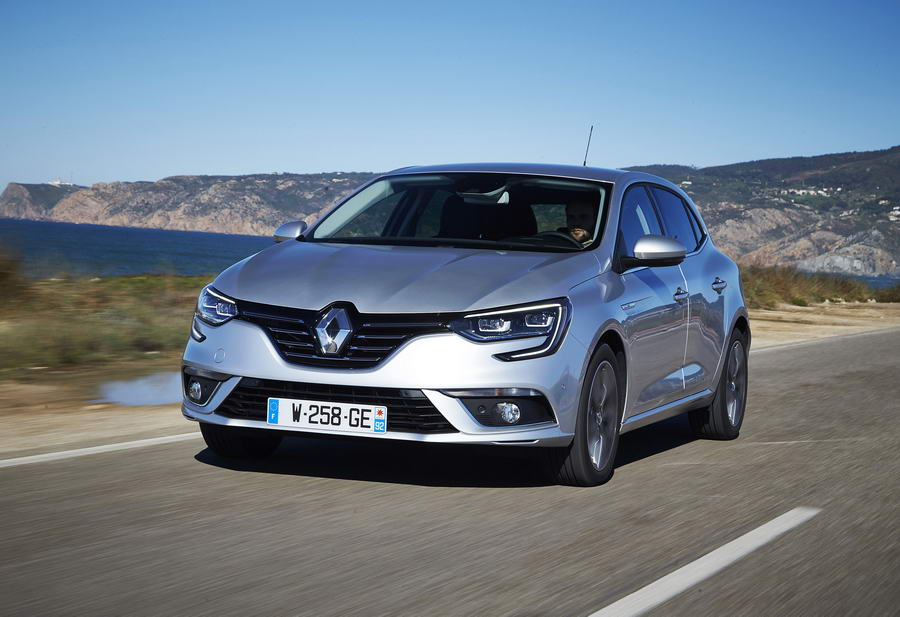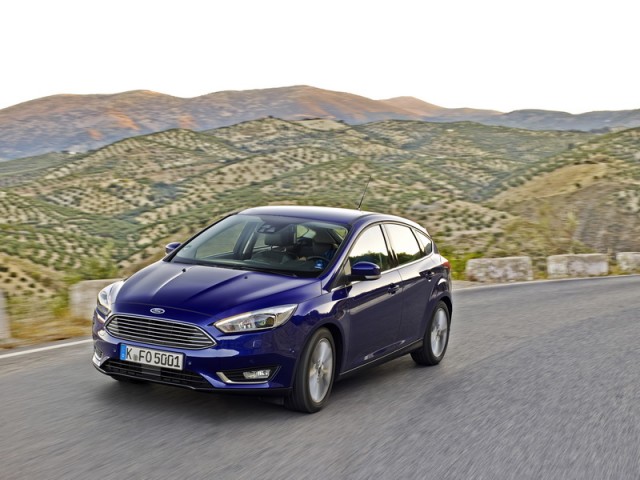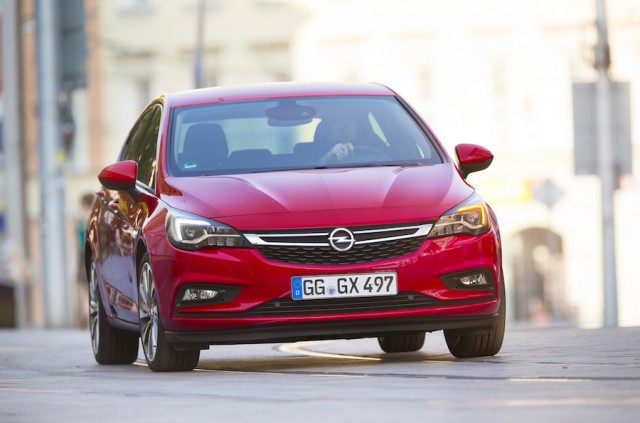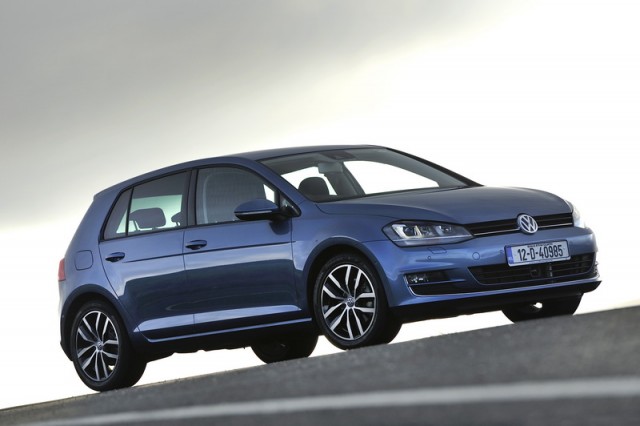Once one of the biggest selling C-segment hatchbacks in Europe, the Renault Mégane was gradually overtaken by a raft of fresher-faced rivals. Now there's an all-new model that has serious potential. Here we review the 130hp diesel version.
In the metal
Renault calls its new Mégane a design revolution and having seen it parked next to the model it replaces we have little reason to argue the point. Every panel is new and the overall look is of a car that blends the more precise lines we expect from German manufacturers with some stylish curves that could be more Italian than French.
The dominating feature of the Renault is its face, which, like the Captur and Kadjar wears an oversized Renault badge on its nose. Following in the same vein as the Renault Espace and Talisman (two interesting models that won't make it to our right-hand drive market), the headlights consist of a very distinctive C-shaped design that is made up of three-dimensional-effect LED daytime running lights. They're big, bold and certainly make a statement. Cars in the highest trim levels will also benefit from full LED headlights. This is Renault putting its best design foot forward, something it hasn't done for a while.
In contrast, the side-on view is a touch more normal where curves rather than creases make up much of the look. The only real detail of note is the light catcher panel along the lower portion of the doors, which breaks up what could otherwise be a plain view. If you found the front light design impressive then you may find the rear is even better. The wrap-around back lights stop just short of meeting in the middle of the rear hatch and really help in giving the Mégane a wide, planted stance when viewed directly from behind.
The new Mégane is not only lower, but wider and longer too, resulting in more space for passengers inside as well as a generous amount of boot space - 434 litres as standard, growing to 1,247 litres when you drop the 60:40 split-folding rear seats. When upright, the rear seats offer space for three but the middle seat is limited, perching its occupant a little higher as well as restricting foot space thanks to the non-flat floor. The rear is best for just two passengers.
Up front it is better news with supportive seats and a dashboard layout that is a noticeable improvement over the old car. Range topping models will get a stylish 8.7-inch portrait style tablet screen. As pretty and Tesla-like as it may look it isn't quite as responsive as other similar offerings. The optional head-up display is a more basic projector style setup, like that used in the Mazda3, but it works well, uses a full colour setup and can include turn-by-turn satellite navigation. Models lower down the spec-chain will get a seven-inch landscape-orientated infotainment screen.
Driving it
The initial impression from the first few kilometres is that the Renault has really improved the refinement levels inside the Mégane. Road noise and any din from the diesel engine have been reduced. Over coarser surfaces the suspension remains compliant and absorbs most of the rough stuff but there is less transmission of sound and vibrations into the cabin.
Performance from the 1.6-litre dCi four-cylinder diesel isn't going to break any performance records, but it is an engine that - on paper at least - is fuel efficient and low in emissions. Renault quotes a combined consumption figure of 4.0 litres/100km and a CO2 output of 103g/km, enough to see it fall into Band A3, incurring an annual cost of €190. Not bad for something with 130hp and 320Nm of torque.
Renault will also be offering two versions of its venerable old 1.5-litre four-cylinder diesel in 90- and 110hp guises, both of which will have sub-100g/km CO2 emissions.
The six-speed manual gearbox offers a spread of ratios that rarely see any need for the tachometer to edge too close to the 4,000rpm red line. The long throw of the manual gear selector across the gate is one of the few criticisms we would level at the new Mégane. That said, the more powerful 130hp engine tested here does have reasonably good levels of elasticity and pulls well in third and fourth gears without the need to drop down a cog.
Away from town there is a familiar feeling from the steering. Renault hasn't applied the pin-sharp feedback we're used to finding in the sportier Mégane Renaultsport; rather we get a system that is unremarkable. Less impressive is the amount of rearward and over-the-shoulder visibility when driving. The design of the rear allows for a below average glass area, which is compounded by the rear headrests that can't be folded flat and out of the way when not required. Likewise performing a shoulder check when pulling out of a junction isn't helped by the chunky rear C-pillar that restricts visibility.
What you get for your money
Pricing and trim specifications have yet to be finalised for the Irish market, as the Mégane will not begin to appear in dealerships until mid-2016. It is expected that, as with the current range, there will be at least three specification grades, such as Expressions, Dynamique and GT Line.
Summary
Renault has certainly upped its game with this new Mégane and it has much in its favour, making it capable of winning over many who previously may not have been drawn in by what the French brand had to offer. Although it still stops short of being a serious rival for the heavy hitters in this segment, such as the Astra, Focus and Golf, the Mégane looks good and it performs well on the road.





































